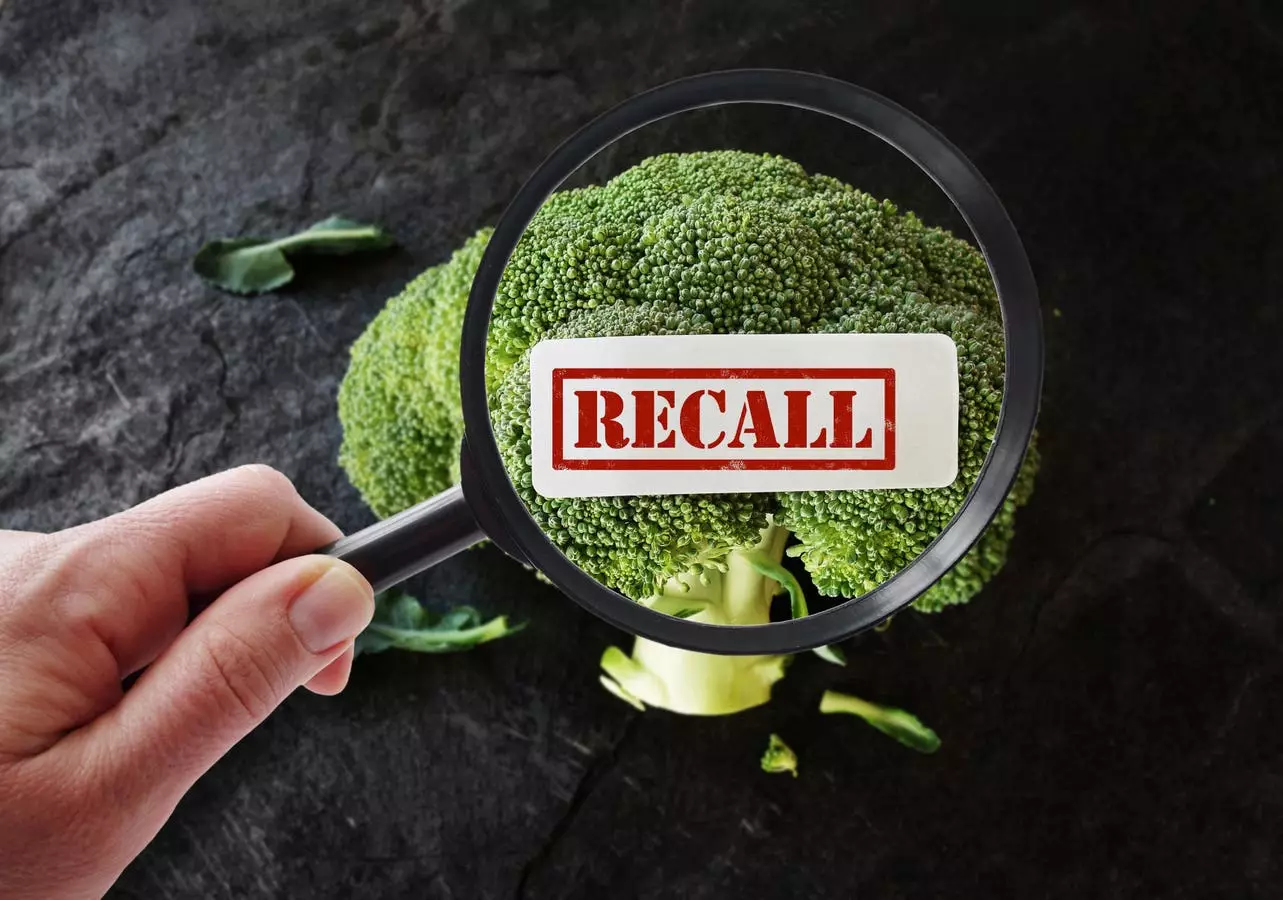As the frequency of food recalls continues to rise, consumers find it increasingly important to understand the intricacies of these events, particularly Class 1 recalls. While food recalls may begin as simple advisories, they can rapidly escalate into serious public health threats, posing significant risks to consumers. A prime example of this phenomenon is the recent recall of Walmart’s Marketside Broccoli Florets, which shifted from a minor issue to a Class 1 recall overnight. In this article, we will explore the classification of food recalls, examine what triggers a shift from lower-risk categories, and highlight notable sets of recalls that exemplify these issues.
Food safety officials classify recalls into three distinct categories based on the assessed risk to public health. Class 1 is designated for recalls posing the highest threat, where consumption could potentially lead to severe illness or death. Examples of such risks include contamination from hazardous bacteria like Listeria or Salmonella, as well as the presence of undeclared allergens in products.
Class 2 recalls are somewhat less severe, pertaining to materials that might cause temporary health issues but are typically reversible. Lastly, Class 3 recalls cover products that violate health regulations but are unlikely to cause significant health problems. This tiered system allows the FDA and consumers to gauge the urgency and potential danger associated with specific food items.
Not all recalls hit the ground running as Class 1 emergencies. Quite often, food recalls start as Class 2 warnings, only to be escalated as new information emerges. Several factors can contribute to this evolution:
1. **Test Results**: Initial testing may unveil only minor contamination, but further testing can reveal that the issue is more widespread than previously thought.
2. **Consumer Illness Reports**: Reports from consumers who have fallen ill can prompt authorities to re-evaluate the severity of the recall, often leading to reclassification.
3. **Production Batch Cross-contamination**: Discovery of cross-contamination across various production runs can heighten the dangers associated with a product, pushing it into the Class 1 category.
4. **Expanded Distribution**: As the distribution of a potentially harmful product broadens, so too does the risk to consumers.
These factors can create a seemingly sudden escalation from a minor advisory to a significant public health alert, leaving consumers confused and, in some cases, endangered.
To illustrate the seriousness of this issue, let’s take a closer look at a few notable Class 1 recalls that began as minor advisories but were later upgraded due to mounting evidence:
– **Walmart’s Broccoli Florets**: Initially released as a precautionary advisory, this recall escalated to Class 1 status when testing revealed Listeria monocytogenes contamination. The risks associated with Listeria are particularly pronounced for vulnerable populations, such as pregnant women and the elderly.
– **Lay’s Potato Chips**: What started as a Class 2 recall due to mislabeled milk content was elevated as numerous incidents of allergic reactions emerged. With the possibility of anaphylactic shock, the FDA promptly escalated the warning.
– **Costco’s Organic Eggs**: Initially limited in scope, this recall grew rapidly as new test results confirmed salmonella contamination in multiple batches. As the potential reach of the contaminated product was revealed, the recall was raised to Class 1.
– **Wicklow Gold Cheddar**: The rapid confirmation of Listeria in this cheese brand led authorities to act swiftly to prevent fatal infections, culminating in a Class 1 recall across multiple states.
– **Cal Yee Farm Snack Products**: This series of recalls started small but expanded after undeclared allergic ingredients were discovered in various snacks, raising health alarms across the board.
The swift escalation of food recalls provides crucial lessons about consumer safety and food regulation. It illustrates the fact that food recalls are dynamic rather than static events. As new information becomes available, regulatory bodies must remain vigilant to protect public health. Furthermore, it underscores the potential dangers posed by even seemingly benign products, proving that no food item is entirely safe from contamination risks.
Consumers must educate themselves and remain informed about the products they consume. Checking recall announcements and understanding the categories can be the crucial difference between remaining safe or facing harmful consequences. In a world where food safety is an ever-evolving issue, proactive awareness is key in preventing illness.
As the landscape of food recalls continues to develop, vigilance remains essential, and consumers should stay informed to navigate the complexities of food safety effectively.


Leave a Reply